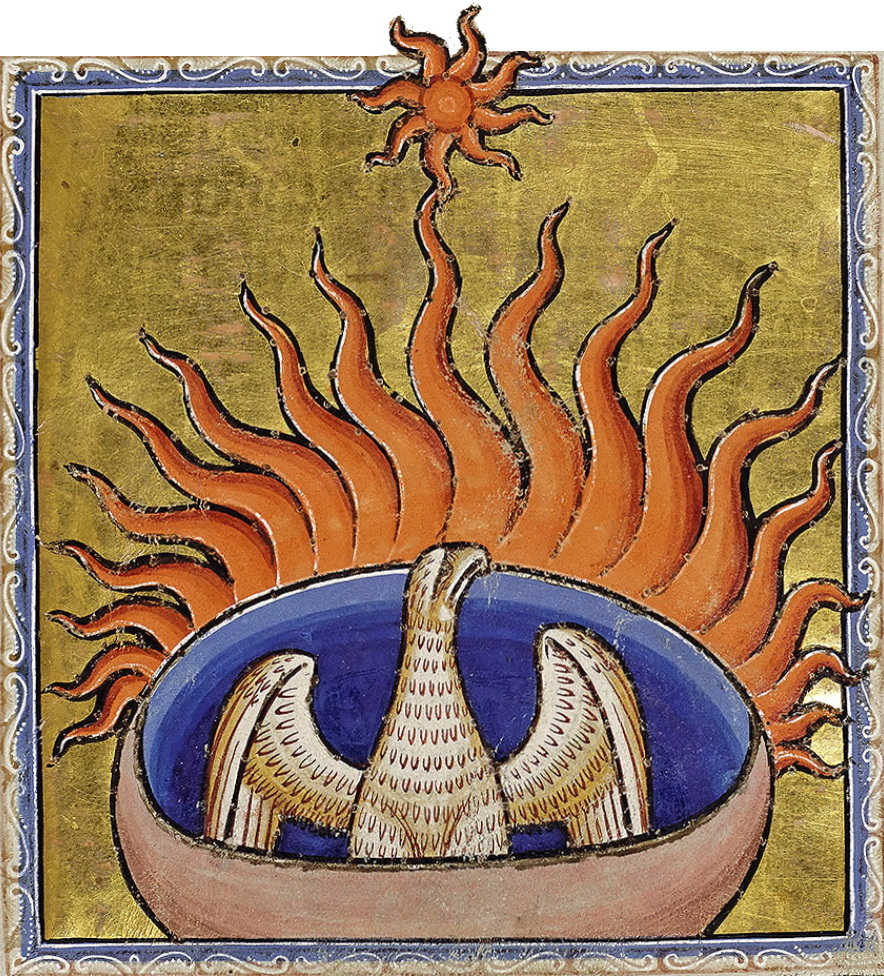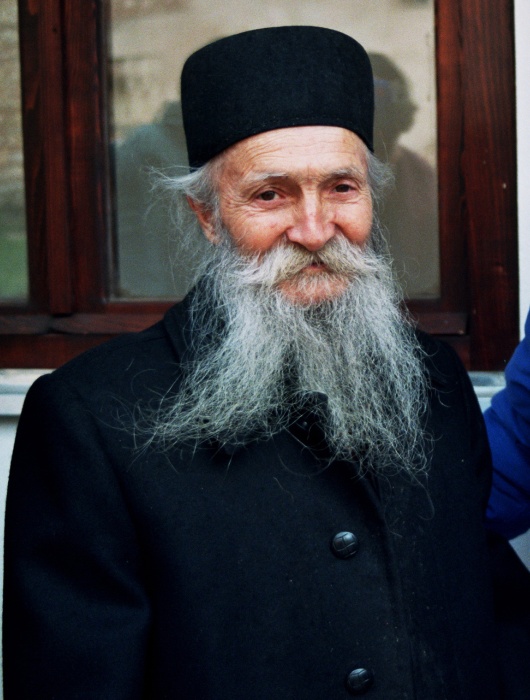Finishing What the Inklings Started

Given the level of interest in Christian circles in the Inklings, as well as the responsive reading of articles on Tolkien or Lewis at this site, it might be helpful to pinpoint what the perennial appeal of the Inklings is, wherein the power lies, and how one might recover and extend it.
Lewis makes no bones about his debt to George MacDonald : “I fancy there is not a single work in which I did not quote from him”. Lewis claimed that the reading of Phantastes and Lilith “baptized” his imagination, which lay dormant until his reasoning faculty “caught up” to the baptism many years later, and he found out that MacDonald had been telling him the same thing the whole time.
Through MacDonald, Madeline L’Engle and Dorothy Sayers (who promoted the revival of Trivium from the Middle Ages) also came under the influence of the spirit which animated the Inklings. Mihai has addressed how the imagination can lead one astray in the religion life; it can also be put into the service of the Truth, much as Scholasticism (which Tomberg praises on this score) put Reason in the service of the faith, until William of Ockham and Jean Buridan and Duns Scotus and others abandoned their sources and created nominalism.
This was the unique project of the Inklings; Cologero has remarked how poetry, myth, and legend is the main popular manner of transmitting Tradition exoterically to the masses (and here, we may note Matthew Arnold’s insistence that religion and poetry are more akin than one might suspect). So we may see the Inklings as attempting to extend Christian mytho-poesis to the masses through something akin to religion, but different, both in focus (the Imagination) and vehicle (mythopoetic truth). This is the basis of their perennial appeal and power.
It should be unnecessary to remark that Tolkien falls from a different spiritual heredity, through the Catholic Church, but that he was linked to the other Inklings by a kindred and worshipful fascination with things “Northern”. Charles Williams, of course, came to the Inklings via the Masonic and Rosicrucian orders; however, he too knew George MacDonald’s work. It is fair also to say that all of them, more or less, were drawn towards Dante, and this is not accidental.
Both Dante and MacDonald would have rejected modern “Science’s” claim to arbitrate truths of Reason, let alone Spirit:
“Scientists/witches like Watho attempt to know nature, but are in error: “human science is but the backward undoing of the tapestry-web of God’s science” (2, 236). MacDonald does not contradict science, nor does he press a theistic interpretation onto his readers. In fact, allegorising too would come close to an “undoing the tapestry” which would be quite alien to MacDonald. Rather he replaces anthropocentric science with an ecological perspective in which nature and its “sympathetic forms” come first, whether religious/fantastic or scientific/rational.” [This is John Pridmore commenting on MacDonald's fairy tales.] The discourse which thus speaks of nature has its own authenticity and autonomy—The theistic and non-theistic accounts of nature are neither incompatible nor is the one to be reduced to the other.” This is not synthesis or dichotomy. “Instead MacDonald’s art is to present nature in a natural form, that is, in the form of the fairy tale. The cut-up, labelled, specimen means nothing; the flower is everything: “To know a primrose is a higher thing than to know all the botany of it” (Unspoken Sermons)Why compare George MacDonald and Dante? Besides the fact that MacDonald lived a hard life and resembled a Russian staretz, and leaving out the fact that MacDonald was not an initiate, nor did he possess a great style (as Dante did), MacDonald was known to have read Church patristics, from which he derived a great deal of his imaginative and intellectual freedom from the rough-hewn Scottish Calvinism around him. His writings, moreover, are told primarily to embody moral truths: that is, he aims to make the Good appear more Beautiful. I have pointed out elsewhere a rather strange link in time and space with an Indian Sikh and preacher, which is of interest in terms of “passing the flame”.
George MacDonald was the seminal influence (spiritually) upon most of the Inklings (although it could be said that Tolkien added something different and also better to this union). The Inklings in large part existed because of the life of denial and enchantment with “baptizing the imagination” which he initiated, without the advantages of secret doctrine or formal initiation, and really only a few old books of theology and the example of his living father to point him in the right direction. However, like Dante, he endeavored to educate the reader towards that which was Holy, to make the Good attractive, new, strange, and overpowering. He was a spiritual teacher first, a man of letters accidentally.
Lewis formally (and unfortunately) rejected Tradition (as Gornahoor has established). Nevertheless, this was not as true for either Tolkien or Williams, which accounts for Lewis’ strange affinities for both, which pulled him in different directions (due to Williams’ unorthodox spiritual ancestry). Williams’ early death and the war, as well as Lewis’ marriage, and various other events, broke up the Inkling fellowship.
In Lewis’ later work, Till We Have Faces, there is a marked return to mythology and deeper spiritual import. I have not read Leaf by Niggle, but this later work of Tolkien is also more explicitly personal and also more explicitly mythopoeic, in the sense that it virtually claims that the Imagination, if saved, can be shown to have a place in the economy of heaven that is intimately linked to the true heart’s desire.
Why have modern day Christians confined themselves to a kind of fundamentalistic admiration for the “fantasy” element within the Inkling work, almost completely ignoring the actual sources and spiritual import of the Inklings at their most complex? This is despite the fact that, in the Inklings, they do not have to contend with esoteric doctrine, except a kind of careful employment of it in some of William’s work.
This kind of avoidance indicates an almost pathological ignorance of spiritual depth. The reality is that the mission and purpose of the Inklings went far beyond what was actually manifested, and indeed, could be revived. Let us hope that men of Tradition, and Christians if possible, undertake this work, because the implications of their most mature thinking and art carry them far beyond even the fantastic shores they undoubtedly discovered.
Honoring our ancestors would undoubtedly include faithfully differing from them in light of Tradition (MacDonald was practically cut off from it, and yet managed to discover enough to ignite the only revival of Christian letters England has known), and yet laying claim and extending whatever is consistent with Tradition in them.
This time around, those doing this would be armed with real Tradition. And what might Imagination in the service of Tradition look like?
Future posts will aim to demonstrate the truth of these claims concretely, and offer suggestions for carrying on the work of the Inklings.
Source

 Cologero had mentioned
Cologero had mentioned